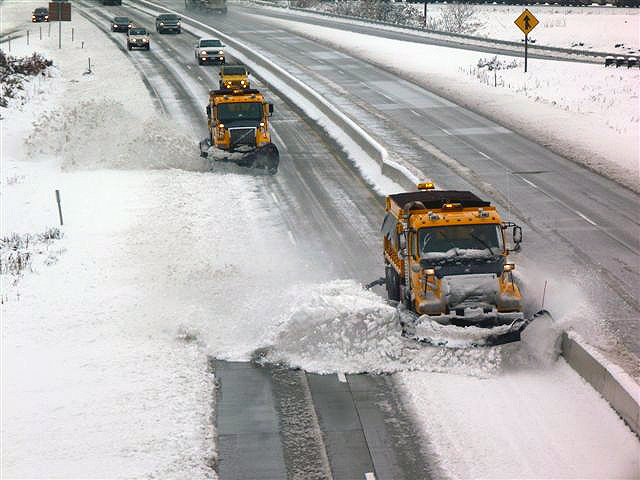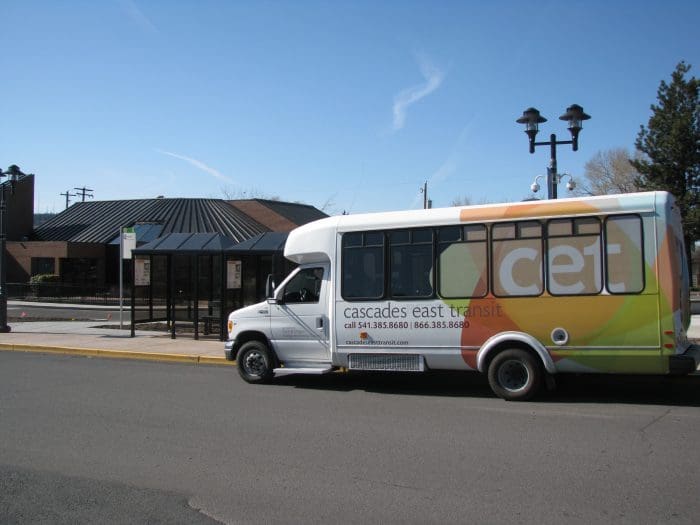January 21, 2015
From new residents to visitors from both inside and outside the state, people flock to Central Oregon for its natural beauty and ample array of unique attractions. It also draws developers who contribute to the region’s economic growth, and as a result the US 97 corridor is an essential piece of Central Oregon’s economic engine.
Over the years, however, the region’s growing popularity has often pushed US 97 to its limits in handling the corresponding multitude of vehicles. New development must address this challenge within the context of Oregon Department of Transportation (ODOT) mobility targets for intersection performance. These targets can result in unaffordable and sometimes undesired road improvement projects that therefore limit the economic growth of the region and create challenges for jurisdictions.
Empowered to find a better approach, several municipal leaders and planners from Bend, Redmond, Madras, La Pine, ODOT Region 4, and Jefferson and Deschutes counties met to discuss how planning improvements to the US 97 system increasingly led to options that were not achievable or fundable.
The group wanted to find a more collaborative way to enhance the corridor’s performance, safety and accessibility, while also identifying funding mechanisms and a governance system effective for everyone along the corridor, says Chris Doty, PE, PTOE, Road Department Director for Deschutes County.
Kittelson & Associates, Inc. (Kittelson) worked with the group to define the TRIP97 Partnership concept through crafting new transportation system performance measures and outlining multiagency cooperation opportunities in planning, funding and facility management. TRIP97 gives municipal governments the ability to broaden the set of performance measures used to evaluate how well the transportation system works and also broadens the range of transportation solution available to address problems. The team was sensitive to ensuring that these new tools would still allow development to occur while maintaining safety by incorporating several types of funding mechanisms, depending on the project at hand.

“The types of mechanisms we are excited about include ones that would sequester tax revenue from newly developed areas such that we wouldn’t be implementing a new tax, but simply capturing a small portion of tax growth that occurs through new development,” says Chris, who previously served as Director of Public Works for the City of Redmond.
Property tax increment financing and income tax increment financing are both currently considered favorable funding options, he notes. When new development occurs, property tax values increase. And as new jobs are created, income tax revenue increases. A small portion of those taxes could potentially be redirected to a separate funding pool used to address problems within the corridor, Chris explains.
“We’re looking at identifying not just one type of mechanism but many mechanisms that could be used,” he adds. These options for maximizing the dollars spent on the corridor include a range of investments such as lower-cost system management and maintenance in addition to capital strategies.

“Since we’re measuring US 97 along several communities, there will be solutions that not only fix a specific problem but also make improvements to other areas of the corridor,” Chris says. “It’s not just fixing the problem intersection by intersection, but looking at it from a corridor perspective.”
In addition to refining funding and investment strategies, the TRIP97 Partnership is honing and calibrating its analysis tools, models and procedures. The next step is the adoption of TRIP97’s policies, agreements and ordinances at the local, regional and state levels.
The TRIP97 Partnership is a model that many other regions throughout the United States also aspire to achieve, and so it is capturing attention from all corners of the country. The Federal Highway Administration (FHWA) is currently evaluating a proposal to expand the work of the TRIP97 Partnership through a demonstration project with even greater national visibility.
As a result of this regional collaboration and mutually supportive transportation investments, the TRIP97 Partnership’s expectations moving forward include enhanced support for alternative travel modes, an expedited corridor planning and development review process, increased economic development opportunities, and improved quality of life in Central Oregon’s communities.
